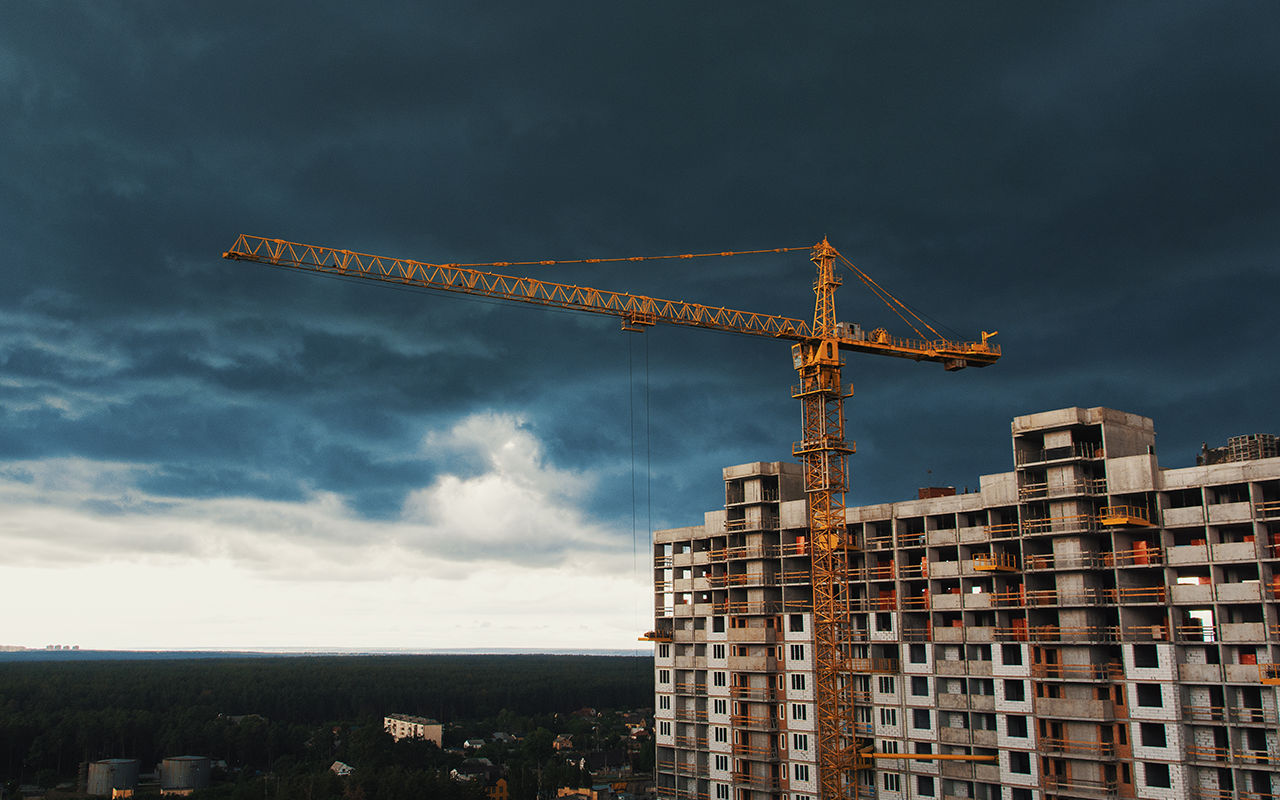Overall housing demand has stabilized as China’s real estate sector undergoes an L-shaped recovery. Amid a raft of policy support by the central government, existing homes sales have recovered to pre-correction levels. Existing homes prices are bottoming out in lower-tier cities, and dropping land sales are putting pressure on the supply of new homes, said Dr. Martin Ding, Chairman of CRIC China, at our China Investor Forum last month.
L-shaped recovery with overall housing demand stabilizing
Having accounted for about a quarter of China’s GDP at its peak, the real estate sector entered a de-capacity phase in 2019, followed by a slump in 2021 in which a drastic decline in both prices and sales of land and housing became a drag on the world’s second-largest economy.
In response, the central government has rolled out nation-wide measures to support the embattled sector, including a 50 basis points cut on average interest rates for existing mortgages, and a 10-percentage point reduction in minimum downpayment ratio to 15% for second-home buyers.
According to National Bureau of Statistics, unsold apartments in China stood at 739 million square meters at the end of July, close to the highest level since 2014. Across 50 cities in China, new homes inventory as of July end will likely take around two years to sell, according to CRIC.
While it could be some time before China’s property sector fully recovers, it is now undergoing an L-shaped recovery, with overall housing demand stabilizing, said Dr. Ding. Year-on-year decline in property sales by floor area and value in the first seven months of this year narrowed to 18.6% and 24.3% respectively, according to National Bureau of Statistics. Average new housing supply and sales by floor area in 115 cities in the first eight months fell 32% and 34% year-on-year respectively, according to CRIC, indicating that the supply and demand for new homes have reached a balanced state with low possibility of a further sharp drop, said Dr. Ding.
Growth in demand for existing homes
Another sign the property sector is stabilizing could be found in the housing market – existing homes sales in 16 cities by floor space recovered to pre-correction levels in August, with sales by floor area in the first eight months in select cities such as Shenzhen (47%) and Dalian (56%) growing significantly, and dropping overall by 2% year-on-year, according to CRIC.
“Growth in demand for existing homes is a crucial indicator of the property market stabilizing…the data also reflects that housing demand has not disappeared, just that it has shifted to existing homes,” said Dr. Ding.
While prices of over half of the existing homes in 10 cities registered a 30% drop from the peak in the first half of the year, tier-3 and tier-4 cities saw a more extensive, abrupt drop in property prices, which could mean homes prices have probably bottomed out, said Dr. Ding.
New homes to face challenges
However, new homes have seen fewer takers, due to factors including dwindling supply of new homes and robust growth in the share of existing homes sales, said Dr. Ding. The share of existing homes sales by floor area reached over 70% in the first eight months of this year in cities including Beijing, Shanghai, Hefei, and Nanjing; and recorded growth across the board compared with last year in 16 cities, according to CRIC.
“New homes face competition from existing homes inventory, affordable housing, and rental housing. In addition, new homes sales will continue to be under pressure due to shrinking supply as land sales slid amid the current cautious sentiment,” said Dr. Ding.
Average land sales by value across the country fell 40% year-on-year in the first eight months of this year, according to CRIC, with the failed tender rate reaching over 11% in 300 cities in August.
“We are seeing a drop in the supply of new homes, and an improvement in quality, which will translate to the concentration of new homes sales in core cities, with inelastic demand flowing to the existing homes market.”
“But the bigger the pressure, the bigger the opportunity. Now could be an opportunity for the government to adjust land prices and for competition to subside. Given that the supply of new homes is limited, high quality projects could spell opportunities for investors,” Dr. Ding added.





